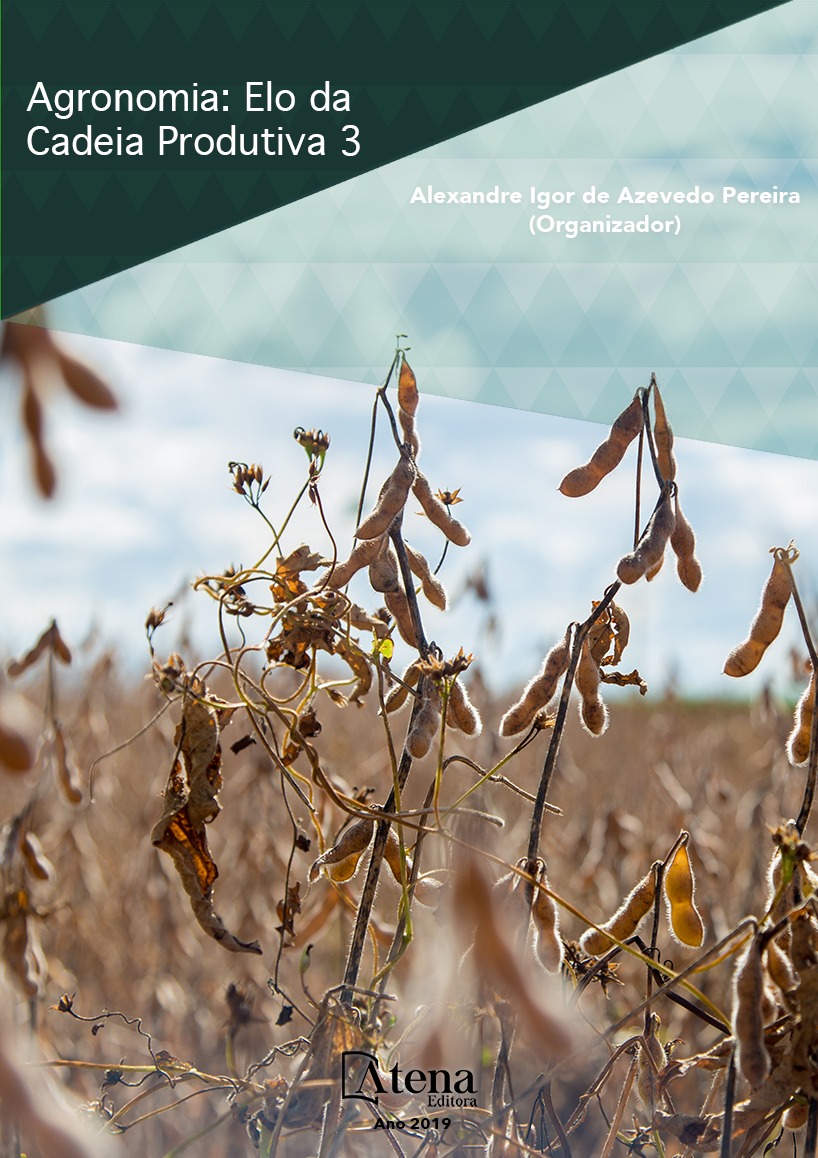
DESENVOLVIMENTO E PRODUTIVIDADE DO CAFÉ (Coffea arábica L.) SUBMETIDO AO MANEJO NUTRICIONAL: PROGRAMA FERTILIZANTES HERINGER – LINHA FOLIAR
O Brasil é o maior produtor e
exportador de café do mundo e segundo
maior consumidor do produto. O café arábica
é a espécie mais importante do gênero Coffea,
correspondendo a 70% do café comercializado
mundialmente e apresentando bebida de
qualidade superior, de aroma marcante e sabor
adocicado. Durante décadas, a região da
Nova Alta Paulista foi alicerçada no cultivo de
café, haja visto o retrospecto da colonização
e infraestrutura presente nas propriedades
da região. Em decorrência do uso continuo
das terras, o depauperamento e degradação
nutricional foi se intensificando e atualmente
o que se encontra é a presença de lavouras
depauperadas e de baixa produtividade, desta
forma se faz necessário o uso correto de
fertilizantes e corretivos. O objetivo do presente
trabalho é avaliar o desenvolvimento vegetativo
de cafés de porte baixo e café de porte alto
após manejo de poda tipo “esqueletamento” e
a produtividade destes cafeeiros submetido ao
programa nutricional Fertilizantes Heringer - via
foliar, já que a adubação foliar é uma prática bem
difundida, uma vez que a folha tem capacidade
de absorver nutrientes com muita eficiência se
comparado a via solo. Os experimentos foram
instalados em Osvaldo Cruz-SP. Os períodos
experimentais corresponderam aos meses de
novembro de 2016 a agosto de 2017. Foram
avaliados componentes de crescimento e
produtividade. O delineamento experimental foi
em blocos casualizados, com quatro repetições e
três tratamentos. Após o termino das avaliações
não foram encontradas diferenças entre os
tratamentos para as variáveis avaliadas, porém
o tratamento FH Mais Vigor produziu 5 sacas
a mais em relação ao tratamento padrão da
fazenda. Para o café esqueletado, os resultados
mostraram diferenças significativas para
comprimento de ramos plagiotrópicos, onde o
tratamento FH Mais Vigor produziu ramos 12
cm mais compridos em média se comparado
com o tratamento testemunha
DESENVOLVIMENTO E PRODUTIVIDADE DO CAFÉ (Coffea arábica L.) SUBMETIDO AO MANEJO NUTRICIONAL: PROGRAMA FERTILIZANTES HERINGER – LINHA FOLIAR
-
DOI: 10.22533/at.ed.42519040412
-
Palavras-chave: Coffea arábica. Adubação foliar. FH Mais Vigor
-
Keywords: Arabic Coffea. Manuring to foliate. FH More Energy
-
Abstract:
Brazil is the largest producer and exporter of coffee of the world and second
consuming adult of the product. The Arabic coffee is the most important species of the
gender Coffea, corresponding to 70% of the coffee globally marketed and presenting
drink of superior quality, of outstanding aroma and sweetened flavor. During decades,
the area of the High New Inhabitant from São Paulo was found in the cultivation of coffee,
have seen the retrospective look of the colonization and present infrastructure in the
properties of the area. Due to the use I continue of the lands, the depauperamento and
nutritional degradation was if intensifying and now the one that one find is the presence
of farmings depauperadas and of low productivity, this way it is done necessary the
correct use of fertilizers and corrective. The objective of the present work is to evaluate
the vegetative development of coffees of low load and coffee of high load after handling
of pruning type “esqueletamento” and the productivity of these coffee plants submitted
to the program nutritional Fertilizantes Heringer - through foliating, since the manuring
to foliate it is a very spread practice, once the leaf has capacity to absorb nutritious with
a lot of efficiency if compared the road soil. The experiments were installed in Osvaldo
Cruz-SP. The experimental periods corresponded to the months of November from
2016 to August of 2017. they were appraised growth components and productivity. The
experimental delineamento was in blocks casualizados, with four repetitions and three
treatments. After I finish him/it of the evaluations were not found differences among
the treatments for the appraised variables, however the treatment FH More Energy
produced 5 bags more the in relation to the standard treatment of the farm. For the
coffee esqueletado, the results showed significant differences for length of branches
plagiotrópicos, where the treatment FH More Energy produced branches 12 cm longer
on average if compared with the treatment testifies.
-
Número de páginas: 15
- Ivo Pereira de Souza Junior
- Fernando Takayuki Nakayama
- Diego Honório dos Santos
- Wilian da Silva Gabriel
- JAQUELINE APARECIDA BONI SOUZA


